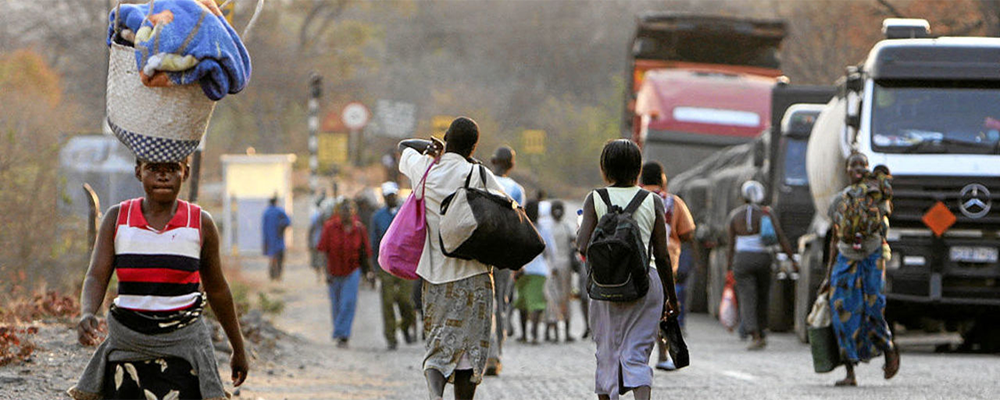
In the last few months the SADC secretariat, with a mandate from SADC Ministers, engaged in a process to select a consultant to help the intergovernmental organisation develop a simplified trade regime (STR) for adoption by its 15 members.
SADC’s envisaged simplified trade regime is targeted at small scale cross border traders.
As the name would suggest, the STR seeks to simplify, among other things, customs processes to enable quick and easy import and export of goods by small scale traders by removing complex border and customs formalities.
This entails the traders dealing with less paperwork which becomes simplified, clearer and to the point.
In some cases, in addition to a consolidation of a diversity of fees as usually found at border crossings, depending on the regime, some qualifying goods may even be exempted from paying customs duty.
The concept of STR is contained in one of the most contracted multilateral trade agreements – the General Agreement on Tariffs and Trade (GATT 1994) Article VIII under the WTO and also in the provisions of the Revised Kyoto Convention for the Simplification and Harmonization of Customs Procedures ((Revised Kyoto Convention for the Simplification and Harmonization of Customs Procedures)).
STR’s are an important part of the WTO’s efforts in promoting freer trade at regional and global level.
It is a requirement that any simplified trade regimes implemented by WTO members must be WTO compatible. It is for this reason that SADC requires the consultant to develop an STR consistent with WTO provisions.
On the African continent the Common Market for Eastern and Southern Africa (COMESA) STR is considered a shinning example.
It appears SADC is following the footsteps of COMESA in this regard.
Under the COMESA regime, the simplified trade regime applies to small scale traders importing or exporting goods worth up to US$2000.00.
A simplified trade regime also deals with the contentious issue of Rules of Origin (ROO). Complex ROO make it difficulty to determine the origin of merchandise that is being imported.
It’s a double edged sword which may result in traders paying unnecessarily more in customs duties or governments loosing revenue due to inaccurate determination of the origin of goods being imported.
Regardless of how simplified the trade regime may become, what will remain unchanged and key to continued trade is the upholding of sanitary and phytosanitary measures (SPS).
Food safety and animal and plant health measures will remain in place with traders required to meet the necessary standards which may include having to acquire certain licences or clearances before importing or exporting SPS related goods.
It seems likely that if SADC is using COMESA as a reference, as the consultancy advert ((Development of a SADC Simplified Trade Regime)) suggests, the STR will, to a significant extent, mirror what already exists under COMESA.
As for Zimbabwe which has a huge section of its population involved in small scale trading, hopefully the coming into existence of a SADC STR will be every cross-border trader’s dream come true. Our borders are plainly horrific for small scale traders.
Zimbabwean traders that trade within the COMESA regional economic community (REC) traveling to countries such as Tanzania and Zambia have for a long time now experienced the benefits of STR ((COMESA Simplified Trade Regime)).
Clearly, the SADC STR will be appreciated by the thousands of traders from Zimbabwe who cross the border into South Africa and Botswana on a monthly basis.
Furthermore, the Government of Zimbabwe and the economy in general will benefit through reduced goods smuggling.
Smuggling is currently a huge issue in Zimbabwe, and the government admits this, with some estimates placing it at US$1 billion loss yearly.
It is understood that complex border formalities and associated penalties, which a simplified trade regime seeks to resolve, drives small scale traders into smuggling.
The SADC STR is part of SADC’s regional integration efforts sponsored under the German Development Cooperation programme entitled “Cooperation for the Enhancement of SADC Regional Economic Integration (CESARE)”.
Image Credit: MG.CO.ZA